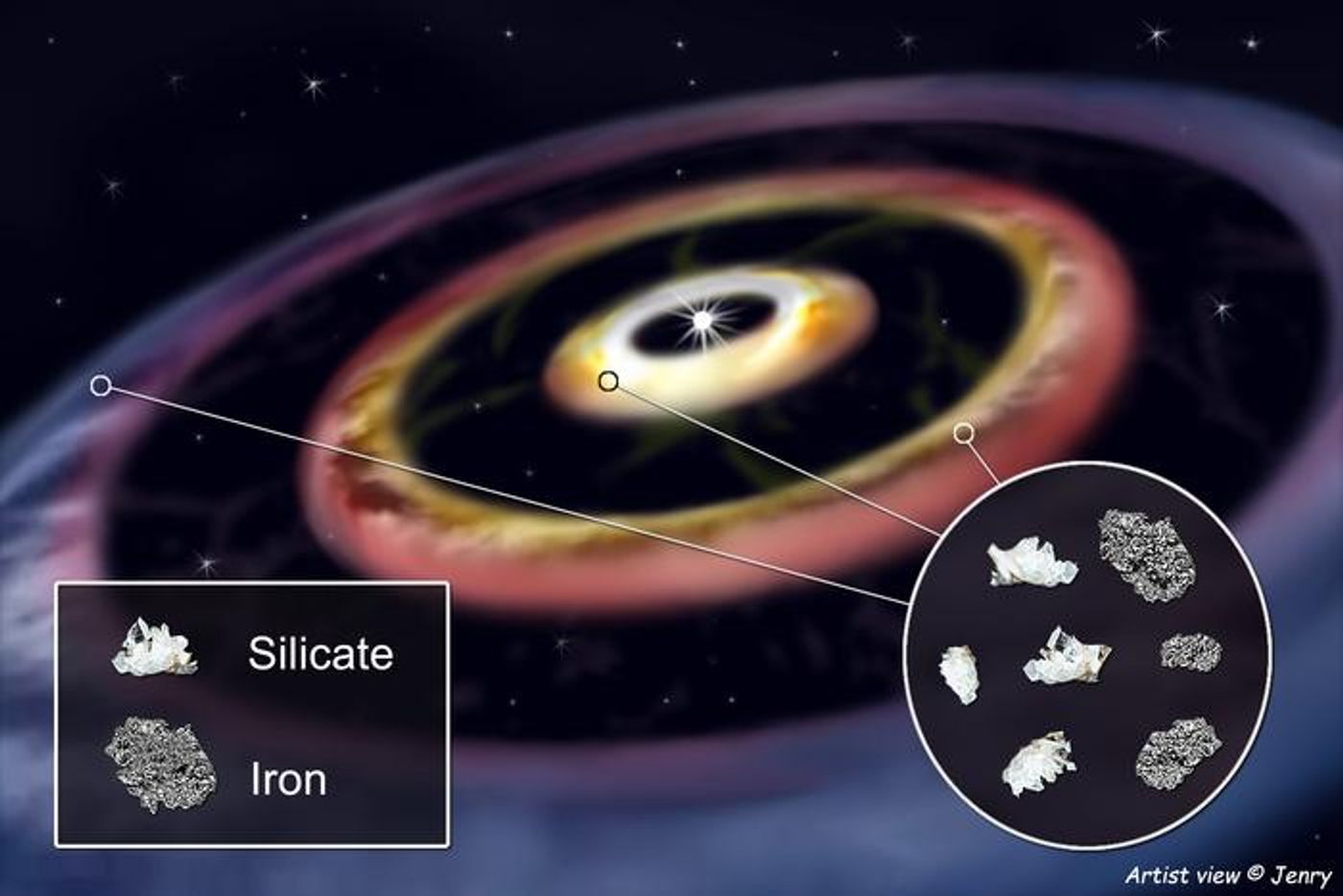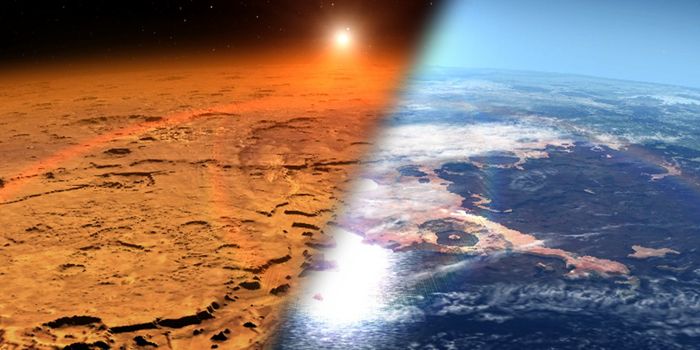Complex Ring System Around Young Star Resembles Early Solar System Formation
How did our solar system form and is this process similar in other solar systems throughout the universe? This is what a study published today in Astronomy & Astrophysics hopes to figure out as a team of international researchers used data from the European Southern Observatory’s (ESO) Very Large Telescope Interferometer (VLTI) to analyze the protoplanetary disk around HD 144432, which is a young star located approximately 500 light-years from Earth. This study holds the potential to not only help researchers better understand the formation and evolution of solar systems, but also gain greater insight into how life could evolve in these systems, as well.
“When studying the dust distribution in the disk’s innermost region, we detected for the first time a complex structure in which dust piles up in three concentric rings in such an environment,” said Dr. Roy van Boekel, who is a scientist at the Max Planck Institute for Astronomy (MPIA) and one of more than three dozen co-authors on the study. “That region corresponds to the zone where the rocky planets formed in the Solar System.”
For context in terms of the distance between the three rings, the innermost ring orbits at the same distance as Mercury, the second farthest ring orbits at the same distance as Mars, and the farthest ring orbits at the same distance as Jupiter.
Artist illustration of the three dusty rings that orbit HD 144432, which is approximately 500 light-years from Earth. (Credit: Jenry)
In addition to discovering the three dust rings, the team also ascertained the approximate temperature changes throughout the disk, as well, as the dust orbiting closer to the star can reach more than 2700 degrees Fahrenheit (1500 degrees Celsius) and as low as 77 degrees Fahrenheit (25 degrees Celsius) in the furthest regions of the system. The team deduced that this means crystals form closer to the star from the melting iron and other minerals recondensing, whereas carbon would become a gas due to the intense heat. However, the team postulates that carbon could still exist in vast abundances in the outer regions of the system.
“We think that the HD 144432 disk may be very similar to the early Solar System that provided lots of iron to the rocky planets we know today,” said Dr. van Boekel. “Our study may pose as another example showing that the composition of our Solar System may be quite typical.”
What new discoveries will astronomers make about the formation and evolution of our solar system, and other solar systems, in the coming years and decades? Only time will tell, and this is why we science!
As always, keep doing science & keep looking up!
Sources: Astronomy & Astrophysics, Max Planck Institute for Astronomy, EurekAlert!









